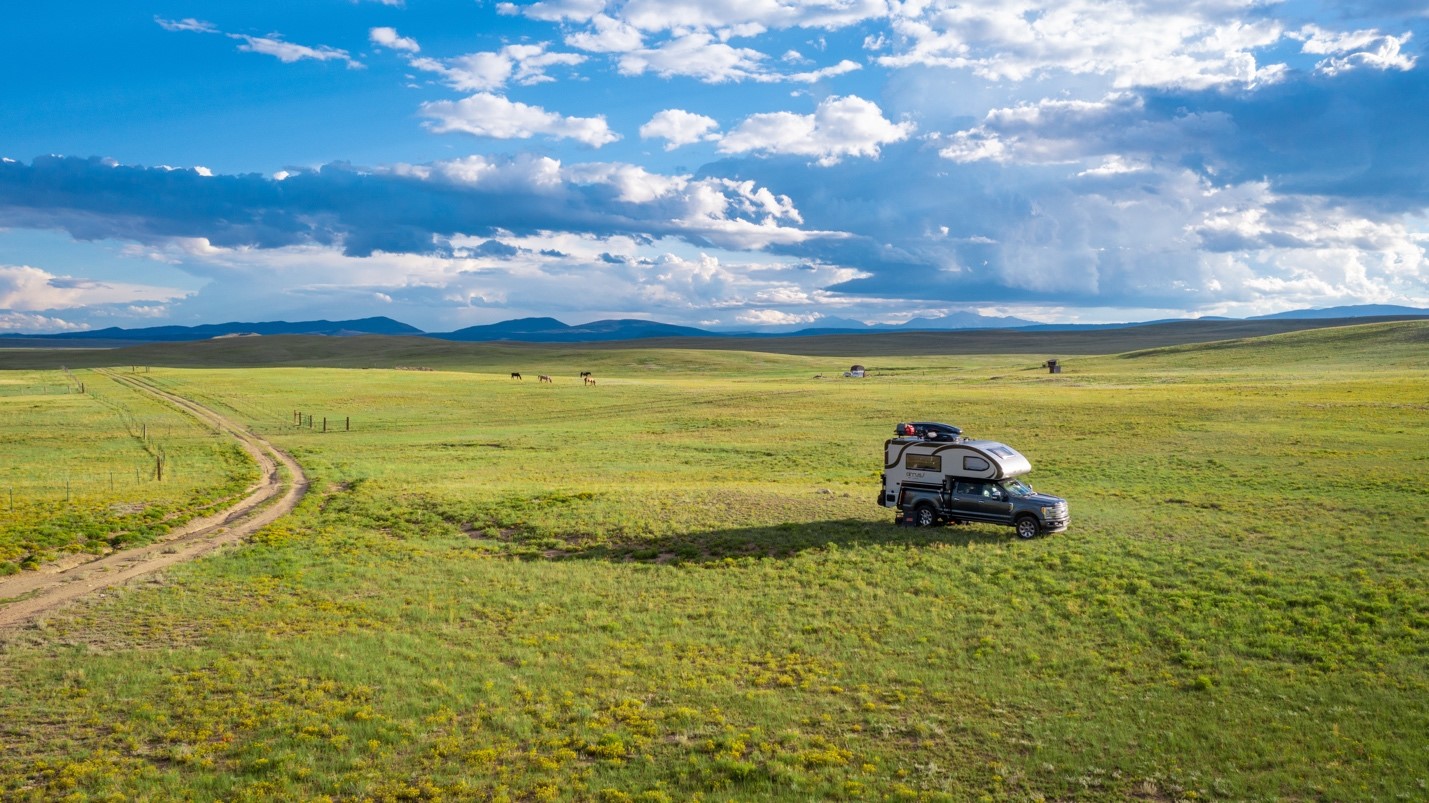How Nomad Internet Is Creating Geographic Equity, One Rural Wi-Fi Hookup at a Time
When Nomad Internet launched in 2017, its mission was to bring reliable internet access to traditionally underserved areas by transmitting wireless internet access directly to the customer without the need for traditional internet wires. As CEO Robyn Weber explains, “We got our start providing internet to RV parks and then slowly expanded into residential service. We brought on the residential service right before the COVID-19 pandemic hit.” Little did she know that this one decision would pave the way for a more equitable future for the communities served by Nomad Internet.
Prior to the pandemic, there undoubtedly was geographic inequity when it came to connectivity. Historically, communities in rural areas have lacked access to even basic utilities, both public and private. In this setting, reliable connectivity was more of a distant dream than an attainable goal.
After all, notes Weber, at that time, “The only option for most of these rural folks was satellite internet.” And, she continues, it was “not the new low-latency stuff, but the more traditional satellite internet like your HughesNet and your Viasat.” In other words, even before 2020’s nationwide lockdowns, these community members faced a seriously uphill battle when trying to stay connected. Then, as COVID took hold of the country, those inequities only got magnified.
Until Nomad Internet, Available Options Were ‘Not Conducive’ to Online Work and School
As the pandemic dragged on, says Weber, “The need for internet access at home grew.” Suddenly, a long commute wasn’t the only thing holding rural community members back from workplace or classroom success. Weber adds, “A lot of people in rural communities who were commuting to work were then forced to work from home.” Unfortunately, the internet options available to them at that moment were “not conducive to doing Zoom meetings, or video calls, or any kind of work from home with web applications.”
With government officials struggling to close this access gap and keep rural students and employees from falling behind their counterparts in urban areas, Weber saw an easy and immediate solution. “Nomad Internet is one of the largest wireless [internet service providers] in the country,” she says, “so we were kind of ready.”
Simple Solutions to a Complex Problem
The Nomad Internet approach to connecting communities previously deemed unconnectable is brilliant in its simplicity. Instead of relying on complex infrastructure that will never be economically viable in a rural setting, Weber says, “That’s where we came in, brought in our solution, which runs on cellular towers.”
Quickly, she notes, “We were able to get those folks online.” And, rather than offering a temporary solution to a larger problem, the connectivity provided by Nomad Internet has become a staple for community members; as Weber notes, “Many of [them] have stuck with us even until today.”
In fact, members of rural communities are not the only ones jumping on the Nomad Internet bandwagon. Recently, the company formed a partnership with Verizon because, notes Weber, it “has one of the largest networks in the country, one of the most reliable networks in the country.”
Now, Nomad Internet is an authorized reseller of the national provider’s internet services. The plan is to use this partnership to keep doing what Nomad does best — providing high-speed, secure, wireless internet to rural communities and on-the-road travelers nationwide. And if, in the process of providing reliable connectivity wherever customers need it — at work, at home, or when folks are on the go — they help level the national connectivity playing field, that’s just a happy byproduct of how they get things done.
Be sure to follow Nomad Internet on Facebook and Instagram for the latest news and updates.

